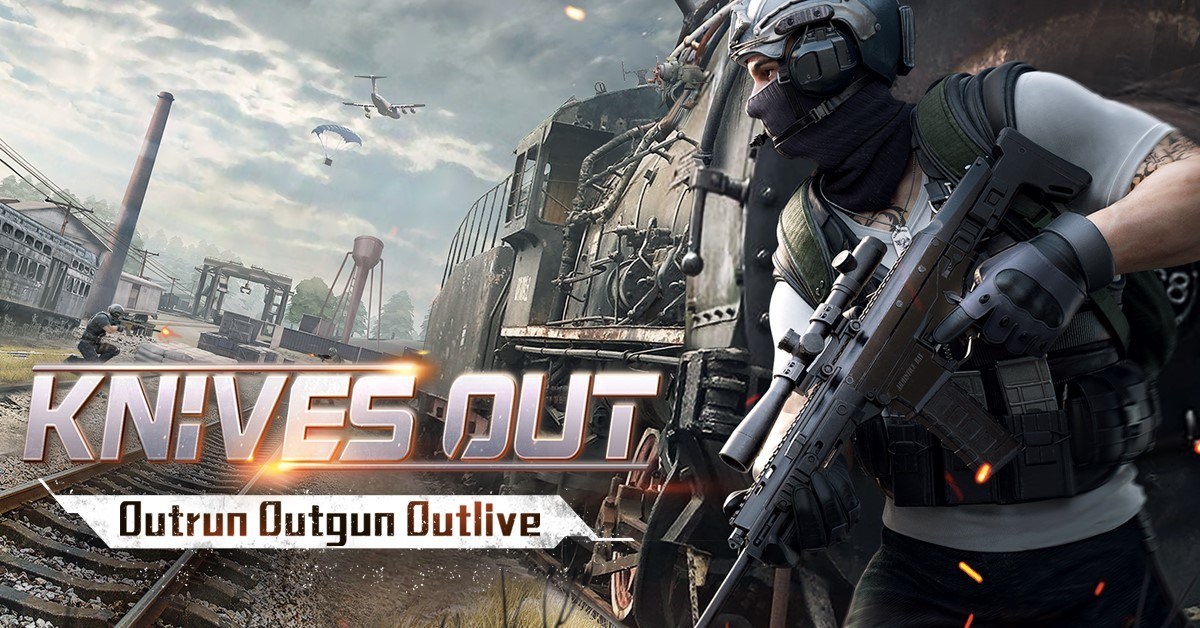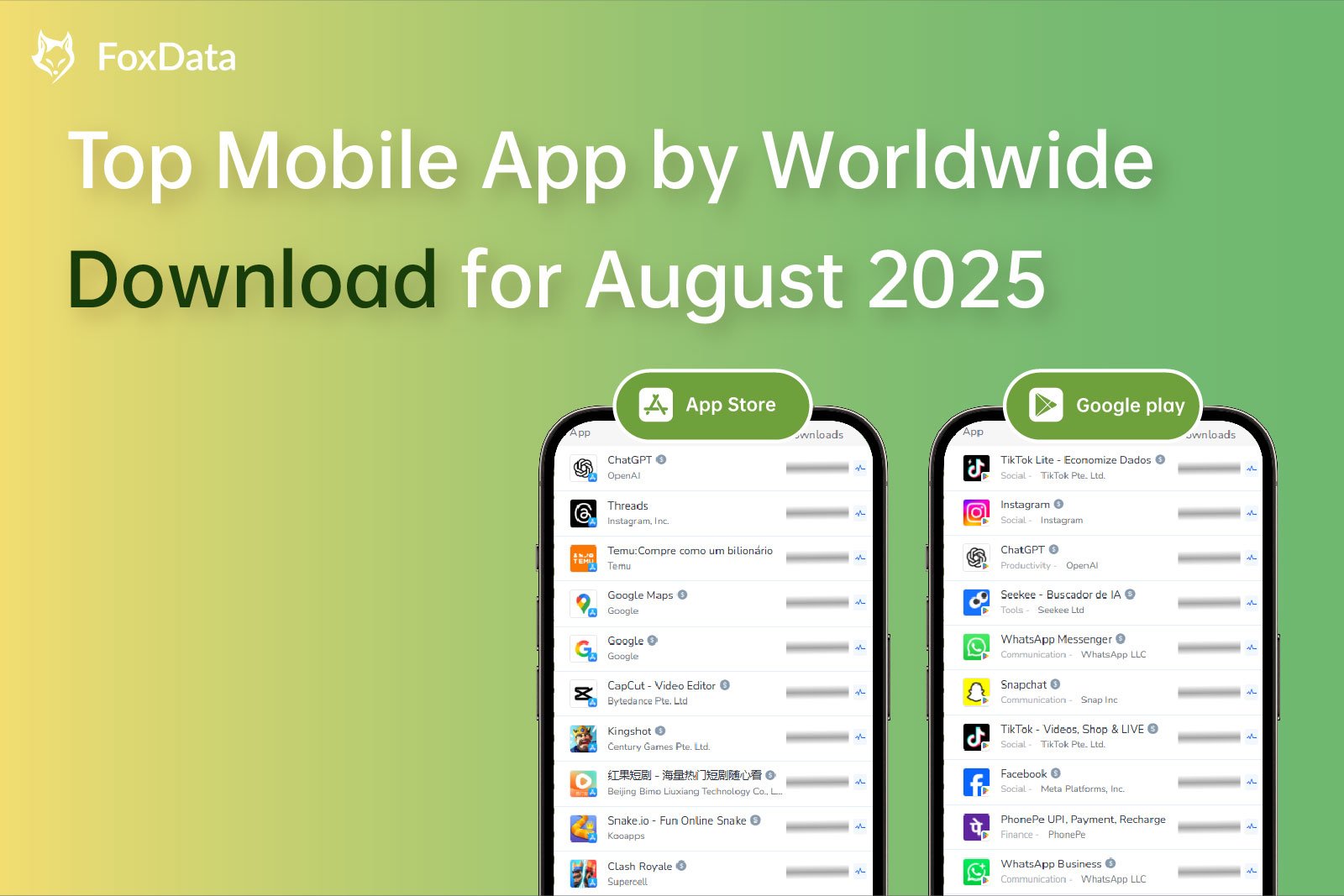Top Mobile Shooter Games Characteristics and Trends

Shooter games, known for their fast-paced action and strategic gameplay, are a dominant trend in mobile gaming.
If you're a game developer or publisher looking to understand the appeal behind top shooter games, this guide will explore the critical elements that contribute to their popularity and profitability, as well as the trends of top shooter games.
PUBG Mobile
Launched in 2017, PUBG Mobile initiated the battle royale phenomenon, making it a pivotal game in the mobile shooter genre. PUBG Mobile is the highest-earning shooter game of 2023 so far. It features a broad range of weapons, vehicles, customization options, game modes, and a comprehensive health damage system.
Characteristics
1. Innovative Game Mechanics
PUBG Mobile stands out not by being just another shooter game but by enhancing the gaming experience with diverse and realistic mechanics. For developers aiming to make a mark in the competitive arena of top shooter games, it's crucial to design and refine unique game mechanics. Innovative features are key to satisfying players' constant hunger for new challenges and can drive long-term engagement.
2. Clever Monetization Strategy
The business aspect of game development is vital. PUBG Mobile successfully integrates a variety of customization options such as skins and accessories, which are available through in-app purchases. This approach not only generates a steady revenue stream but also significantly improves the user experience by allowing personalization.
👉Read More: It's Time to Unlock Your Game's Revenue Potential! Just Simple Ad Monetization Hacks
3. User Acquisition
Timing played a critical role in the success of PUBG Mobile. It was among the pioneers in the mobile battle royale genre, quickly securing a vast user base. For developers, capturing the market early or introducing innovative features can provide a substantial competitive advantage that may be difficult for competitors to replicate.
👉 If you are interested in user acquisition, why not delve into user acquisition strategies here to find the methods that are much more suitable for your mobile game?
4. Engagement and Retention
In mobile gaming, player engagement is crucial. PUBG Mobile enhances player satisfaction by using dynamic team matching systems that pair players of similar skill levels, making gameplay more competitive and enjoyable. Developers should consider implementing similar matchmaking algorithms to improve game balance, which can boost both player retention and engagement.
👉More engagement and retention strategies here.
5. Technical Optimization
Despite being a hardware-intensive game, PUBG Mobile sets a high standard for performance and quality. Developers need to focus on optimizing their games to perform seamlessly across various devices. This not only expands the potential player base but also ensures a high-quality experience for all users, regardless of their hardware.
By understanding and implementing these key lessons from PUBG Mobile, developers can better position their games for success in the competitive mobile gaming market.

Dive into the latest global app delisting data to uncover key trends, platform insights, and what app removals reveal about the app market in November 2025.
Brawl Stars

1. Diverse Game Modes
2. Skill Progression
3. Social Integration
4. Tutorial Importance
5. Practice Environments
Call of Duty: Mobile
Call of Duty: Mobile is a significant adaptation of the renowned Call of Duty franchise, optimized for mobile platforms. This game is primarily a First-Person Shooter (FPS), enriched with an optional Battle Royale mode to diversify gameplay. It features an intricate Loadout system, a Gunsmith for detailed weapon customization, and dynamic rewards like Killstreak and Scorestreak, all set within various roles and factions in multiplayer modes.
Characteristics
1. Deep Customization
2. Reward Systems
3. Multi-Mode Support
4. Community Building
Free Fire
Free Fire distinguishes itself in the competitive mobile battle royale genre with its unique approach and features, catering effectively to a broad audience. 
Characteristics
1. Adaptive Gameplay
Free Fire keeps players engaged with its dynamic gameplay, featuring multiple modes and a shrinking Safe Zone that compels players to continuously adapt their strategies. This constant change prevents gameplay from becoming stale, as reliance on a single strategy is rarely effective for long. Developers should consider integrating adaptive elements into their games, ensuring that each session offers a fresh experience and challenges players to think creatively.
2. Simplified Mechanics
Unlike some of its counterparts, Free Fire offers streamlined mechanics that make the game more accessible, particularly on mobile devices where complex controls can be cumbersome. This simplicity helps attract a wider audience, including those who might feel overwhelmed by more complex games. The lesson here is clear: simplicity can broaden a game's appeal. Developers should aim to balance complexity to ensure accessibility while maintaining enough depth to keep the game interesting.
3. Loot System
The loot system in Free Fire is straightforward yet effective, encouraging players to explore and engage with the game world actively. A well-crafted loot distribution system can enhance the excitement of the game by providing players with immediate, rewarding goals and encouraging risk-taking. Developers should aim to design loot systems that are balanced and integrate seamlessly with the game’s core mechanics to keep players motivated and engaged.
4. Cosmetic Customization
In Free Fire, cosmetic customization serves not only to enhance visual appeal but also as a significant revenue stream. By offering a wide range of cosmetic items, players can personalize their experience, which adds an emotional investment to the gameplay. Developers should consider how cosmetic items can be incorporated into their games, not only as a monetization strategy but also as a way to allow players to express their individuality within the game.
5. Community Features
The Guild system and other community-oriented features in Free Fire foster a sense of belonging and teamwork among players, enhancing player retention. These features transform individual players into a cohesive community, extending engagement times and building loyalty. Developers should explore ways to incorporate community-driven features such as guilds, teams, and live events into their games, as these can significantly enhance the social aspect of gaming and encourage players to commit long-term.
By adopting these strategies from Free Fire, developers can not only enhance their game designs but also improve player engagement and retention, crucial for success in the competitive landscape of mobile gaming.
Knives Out
Knives Out has carved a niche for itself in the crowded Battle Royale genre with its distinctive features and strategic gameplay elements. Developed by NetEase Games, this 100-player battle arena emphasizes survival tactics, strategic item prioritization, and effective map navigation, all within a free-to-play model that operates across multiple servers.
Characteristics
1. Map Design
Knives Out demonstrates the critical role of map diversity in game design. The game features an innovative map with a separate island off the northeastern shore, connected by bridges, providing alternative strategies and keeping the gameplay engaging. For developers, this highlights the importance of creating varied and well-designed maps in games that rely on environmental exploration and player movement. A dynamic map can significantly enhance the gaming experience, preventing it from becoming monotonous.
2. Customization and Control
The game prioritizes customizable controls, catering to modern gamers' demand for a personalized gaming experience. Knives Out offers extensive options for players to tailor their control settings, enhancing player satisfaction and promoting long-term retention. Developers should consider customizable controls as essential, not just an additional feature, as they significantly impact the overall player experience.
3. Priority Items
Knives Out emphasizes the strategic importance of certain survival items, such as helmets and body armor, encouraging players to actively seek them out. This element of gameplay adds a layer of strategy and teaches players the importance of resource prioritization in critical situations. Developers should focus on creating essential but balanced items that add depth to the gameplay without overpowering the game dynamics.
4. Cosmetic Items
The game also leverages cosmetic items, like the wingsuit, to enhance visual appeal and offer a unique gameplay experience. While functionally similar to a parachute, the wingsuit's distinctive design helps set the game apart in a crowded market. Developers should look to incorporate small, unique features that can differentiate their game from others, enhancing its appeal and identity.
5. Server Management
Effective server management is a crucial aspect of Knives Out, ensuring minimal wait times and optimal gameplay performance. This approach addresses common frustrations such as long queues and gameplay lag, significantly improving the player experience. Robust server management is vital for maintaining a positive user experience, especially in games requiring high-speed, real-time interactions.
By integrating these strategies, developers can not only enhance their game designs but also improve player engagement and retention, crucial for success in the competitive landscape of gaming.

Dive into the latest global app delisting data to uncover key trends, platform insights, and what app removals reveal about the app market in November 2025.
5 Key Trends in Shooter Mobile Games
In the dynamic world of mobile gaming, shooter games continue to evolve, integrating features that not only enhance gameplay but also foster player engagement and retention. Here are five key trends observed in top shooter mobile games today:
Leading games like Call of Duty Mobile and Brawl Stars have set a trend by offering a variety of game modes, ranging from Battle Royale to team-based objectives. This diversity caters to different player preferences and keeps the gameplay experience fresh and engaging. By incorporating multiple game modes, developers can appeal to a broader audience and provide players with a rich and varied gaming experience.
2. Deep Customization
Customization, especially in terms of weapons, has become a significant trend in mobile shooter games. These features allow players to personalize their gameplay and have also opened new avenues for monetization. By offering extensive customization options, developers can enhance player engagement and also create additional revenue streams through in-game purchases.3. Community and Social Features
Games like Free Fire and Brawl Stars emphasize community and social interactions through features like guild systems. These elements help build a sense of community and belonging among players, which can significantly boost player engagement and retention. Incorporating social features into games encourages interaction and collaboration, creating a more immersive and communal gaming experience.4. Reward and Progression Systems
Complex reward systems, such as those seen in Call of Duty Mobile with its Killstreak and Scorestreak features, provide players with short-term goals and a sense of accomplishment. These systems are crucial for increasing player retention by continuously motivating players and rewarding their skills and efforts. Developers should consider integrating well-thought-out reward and progression systems to keep players interested and engaged over time.5. Accessibility and Simplified Mechanics
The trend towards making games more accessible, particularly on mobile platforms, is evident in titles like Free Fire. Simplifying game mechanics without sacrificing depth ensures that games can reach a wider audience. This accessibility is essential as the mobile gamer demographic expands, including users who may not have extensive gaming experience but are looking for enjoyable and easy-to-learn games.By understanding and integrating these trends, developers can better position their shooter games in the competitive mobile market, enhancing player satisfaction and driving success.
Unlock Future Gaming Success! Follow Us for Exclusive Insights! 🎮
Ready for more? Follow us for exclusive insights and strategic recommendations here. 🌐
Curious to experience the power of our services? Sign up for a Free Trial today! 🕹







